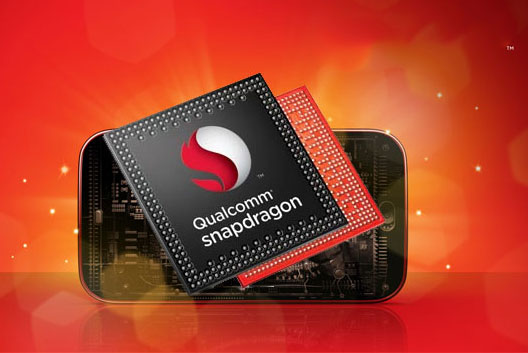This chip is based on Snapdragon 801 that powers various smartphones. It has a 2.26 GHz quad core processor, Wi-Fi, Bluetooth, 4K video processing, Global Navigation Satellite System and of course a digital signal processor for controlling flight in real time. Qualcomm has greatly reduced the processing board’s size by putting so many features on one chip. A smaller processing board offers more advantages such as low power consumption and therefore a smaller battery; small battery means a small drone motor and overall a cheaper drone model. Drones have been hugely in demand since the past few years. Till now drones were available as high-powered expensive drones or as mere toys. But now snapdragon flight will allow high quality drones to be manufactured at low cost which means more consumers will be able to afford them.
Talluri says, “People want to take pictures,” and therefore it has the selfie feature. This feature allows people to take high quality pictures of them. Other uses include crop dusting, data gathering etc. the idea to make it a GoPro which can fly and follow users.
Qualcomm says the processor is capable of supporting automated obstacle avoidance ability. The processor has been combined with software for drone development tools.
The idea behind the Snapdragon Flight reference platform is that drone manufacturers can use it to build cheaper, lighter, smaller, and more energy-efficient UAVs with advanced capabilities. Along with the video and navigation tools on board, Qualcomm says the board’s processing mettle is strong enough to support automated obstacle-avoidance features.
Talluri further adds, “Drone or robotic developers and OEMs using Snapdragon Flight can create more innovative designs with advanced features in faster time-to-market and with reduced development costs. This is achieved because Snapdragon Flight integrates virtually all the key elements developers need, and they’re already optimized to work together.”






















